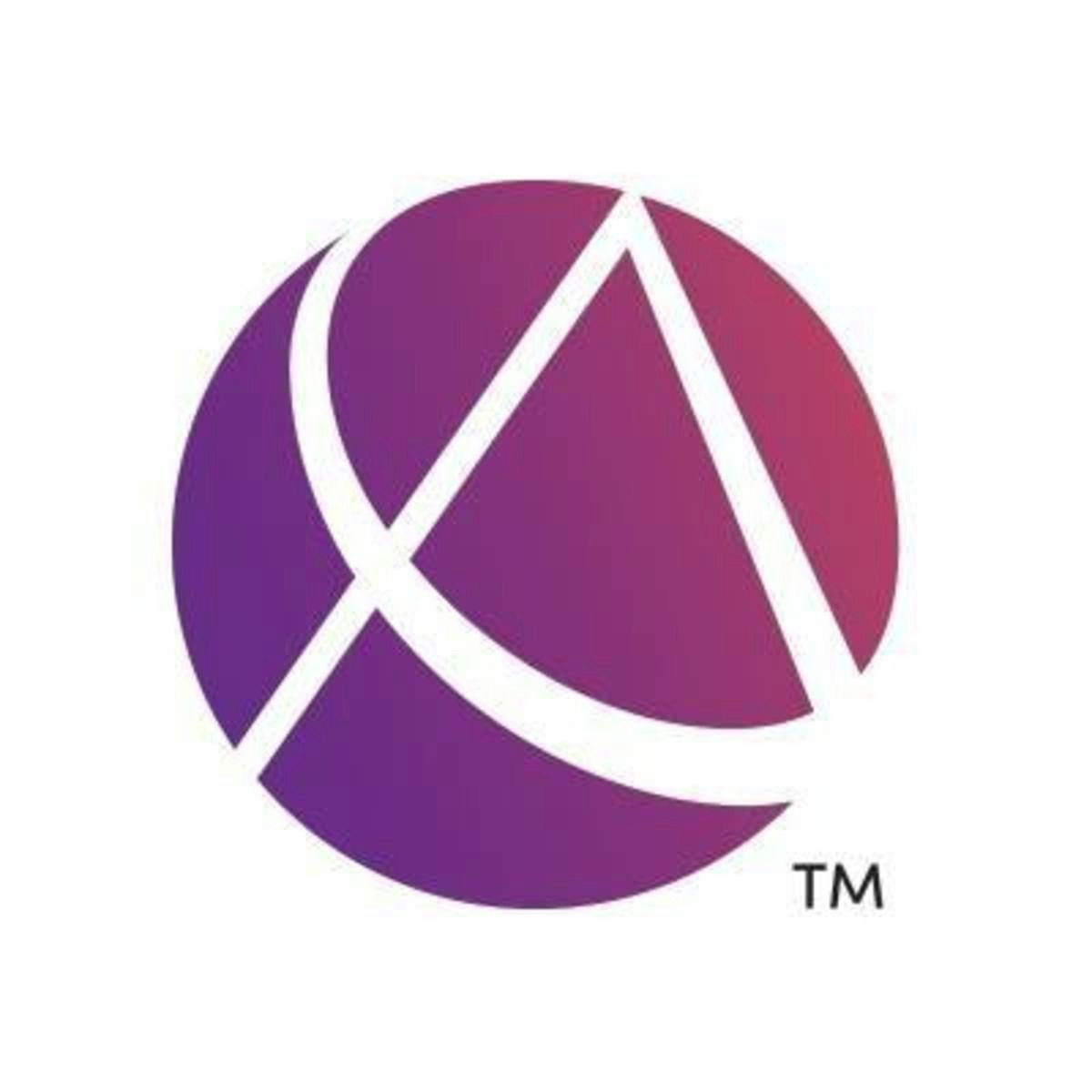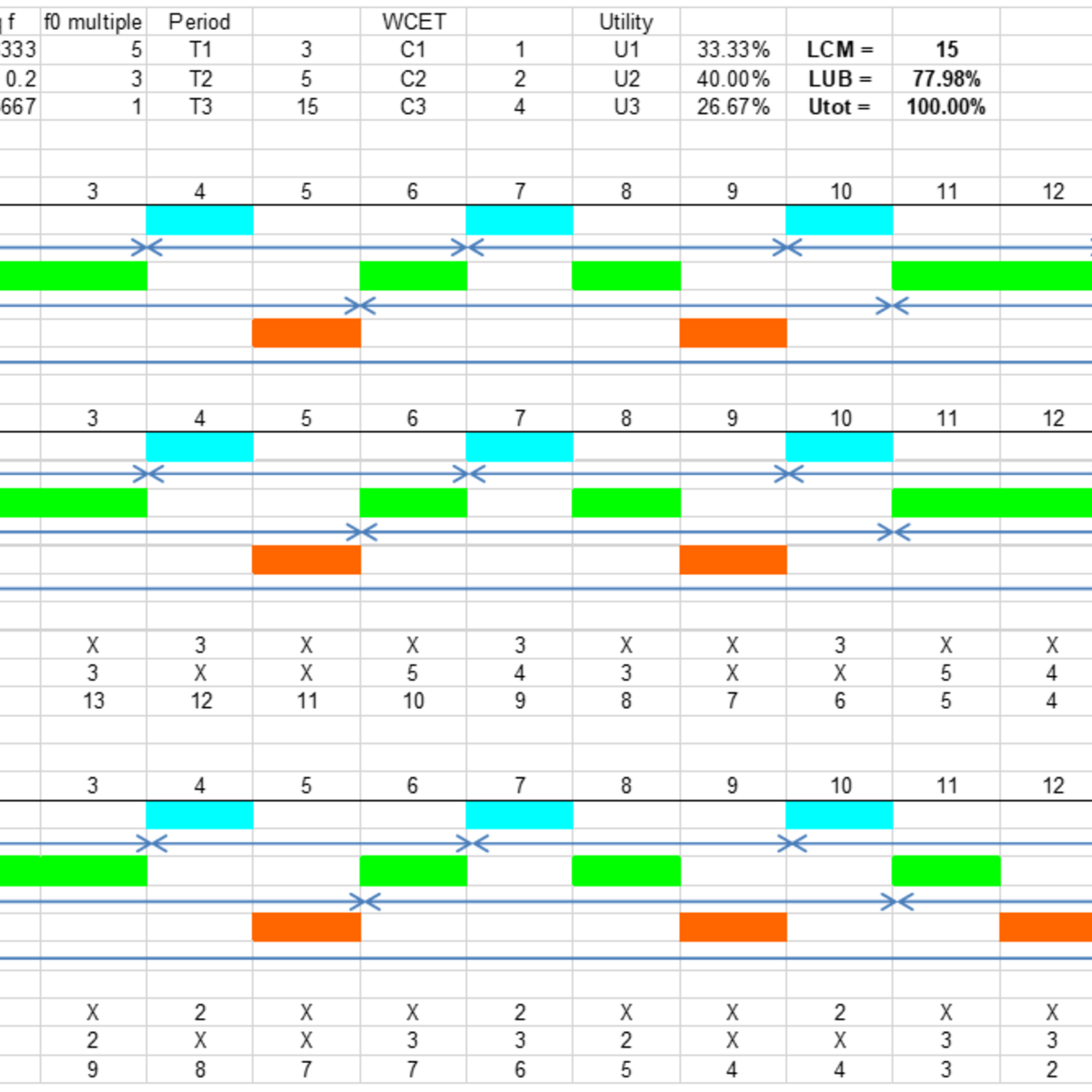Back to Courses









Computer Science Courses - Page 7
Showing results 61-70 of 2309

Create Facebook Graphics in Visme
By the end of this project, you will have learned how to create Facebook graphics to advertise your business on social media using the free version of Visme.
Visme is a web-based graphic design platform that allows users to create professional visual content for both private and business purposes.
You will learn to optimize your social media marketing strategy and to effectively advertise your brand on Facebook.
We can use Visme to complete this project because it provides all the tools you need to create an organized and visually appealing product while offering a variety of options for sharing and collaboration.

Design thinking for beginners with Mural
This project allows you to use the design thinking approach through the templates offered by Mural, an online tool for creating professional graphic designs and remote work. You will understand the various features of the platform and you will have all the basic skills to innovate and find solutions for your professional project with ease.

Making the Case for Robotic Process Automation
Overview
Robotic Process Automation (RPA) is reshaping the accounting and finance profession. 40% of transactional accounting work is expected to be automated by 2020 and predicted to touch 230 million knowledge workers, 9% of the global workforce, according to McKinsey Research.
Driven by the need to stay competitive, decrease costs and increase efficiency, RPA is quickly making a significant impact on the profession. Companies no longer think about "if" but "when" to implement RPA.
Short Description:
• Robotic Process Automation (RPA) can transform business processes by eliminating the mundane, time-consuming, manual tasks that professionals complete; enabling them more time to focus on critical thinking. This course for accounting and finance professionals worldwide will show through use cases how robotic process automation can be utilized to decrease errors and increase productivity.
Course description/ Overarching Learning Goal
This course is intended to provide accounting and financial professionals with practical literacy on robotic process automation through a real-world, relevant data preparation use case. It will help identify potential uses and the benefits and considerations for robotic process automation. This course will help you make the business case by helping you assess requirements, define proof of value and measure and validate the ROI for automation.

Cloud IDS: Qwik Start
This is a self-paced lab that takes place in the Google Cloud console.
In this lab, Deploy Cloud IDS (Intrusion Detection System), a next-generation advanced intrusion detection service that provides threat detection for intrusions, malware, spyware and command-and-control attacks, to simulate multiple attacks and view the threat details.

Process Map Data using C++ Adjacency List Shortest Path
In this project you will use the adjacency list data structure and other data structures to find the shortest distance between a set of towns loaded from a file.
The shortest path problem is well known in the field of computer science. An adjacency list is probably the best data structure to represent a set of connected vertices to find the shortest path from one vertex to another. One application for shortest paths is in computer networking routing. Another common application for its use is on a Map, where it is useful to find the shortest distance from one town to another.
Note: This course works best for learners who are based in the North America region. We’re currently working on providing the same experience in other regions.

Perform basic data analysis tasks using Java streams
In this 1-hour long project-based course, you will learn how to create a Java Stream object based on an array of data, and understand the distinction between terminal and intermediate stream operations. You will iterate through the data stream using the forEach method, and use a range of Stream methods to perform logical operations on the data stream. You will perform basic statistical calculations on a stream of numeric data, and string operations on a stream of string data. You will learn how to use the map, filter, and reduce Stream methods. Finally, you will learn how to load a CSV file, the COVID vaccination dataset, and turn it into a data stream, and perform basic exploratory analysis of the data.
Note: This course works best for learners who are based in the North America region. We’re currently working on providing the same experience in other regions.

JavaScript Variables and Assignment Operators
In this beginning-level project you will work with JavaScript variables and assignment operators by writing and testing JavaScript code using the Notepad++ text editor and the Chrome browser. Since variables are used as containers to hold values in JavaScript, knowing how to use them is an essential skill for a JavaScript programmer. You will learn how to create a variable, name it correctly, and use it to store a data value using an assignment operator.
Note: This course works best for learners who are based in the North America region. We’re currently working on providing the same experience in other regions.

Web Application Security Testing with OWASP ZAP
By the end of this project, you will learn the fundamentals of how to use OWASP Zed Attack Proxy (ZAP). This tool greatly aids security professionals and penetration testers to discover vulnerabilities within web applications. You will learn how to perform a basic web app vulnerability scan, analyze the results, and generate a report of those results. This course includes steps on how to configure the browser proxy to passively scan web requests and responses by simply exploring websites. This course will also include how to use dictionary lists to find files and folders on a web server, and how to spider crawl websites to find all the links and URLs. Finally, the end of the course gives a brief overview of how to intercept, view, modify, and forward web requests that occur between the browser and web application.
Note: This course works best for learners who are based in the North America region. We’re currently working on providing the same experience in other regions.

Create an A/B web page marketing test with Google Optimize
In this 1.5-hour long project-based course, you will learn how to create an A/B web page marketing test with Google Optimize and Google Analytics, personalizing weight option, goals, targeting, activation, and using a sample Google Sites to practice.
Note: This course works best for learners who are based in the North America region. We’re currently working on providing the same experience in other regions.

Real-Time Embedded Systems Theory and Analysis
This course can also be taken for academic credit as ECEA 5316, part of CU Boulder’s Master of Science in Electrical Engineering degree.
This course provides an in-depth and full mathematical derivation and review of models for scheduling policies and feasibility determination by hand and with rate monotonic tools along with comparison to actual performance for real-time scheduled threads running on a native Linux system. By the end of this course the learner will be able to full derive the fixed priority rate monotonic least upper bound for feasibility as well as justifying the rate monotonic policy and will be able to compare to dynamic priority scheduling including earliest deadline first and least laxity policies.
At the end of this course learners will be able to fully derive and explain the math model for the rate monotonic least upper bound as well as performing timing diagram analysis for fixed and dynamic priority software services. Tools to provide analysis will be learned (Cheddar) to automate timing analysis and to compare to actual performance.
Specific objectives include:
● Rate monotonic theory (complete math models)
● Differences between fixed priority rate monotonic policy and dynamic priority earliest deadline first and least laxity policies
● Scheduling theory and practice writing code for multi-frequency executives, priority preemptive RTOS services, and real-time threaded services on traditional operating systems (Linux)
● Building a simple Linux multi-service system using POSIX real-time extensions on Raspberry Pi 3b using sequencing and methods to log and verify agreement between theory and practice
● Timing diagram generation and analysis using Cheddar
Popular Internships and Jobs by Categories
Find Jobs & Internships
Browse
© 2024 BoostGrad | All rights reserved
